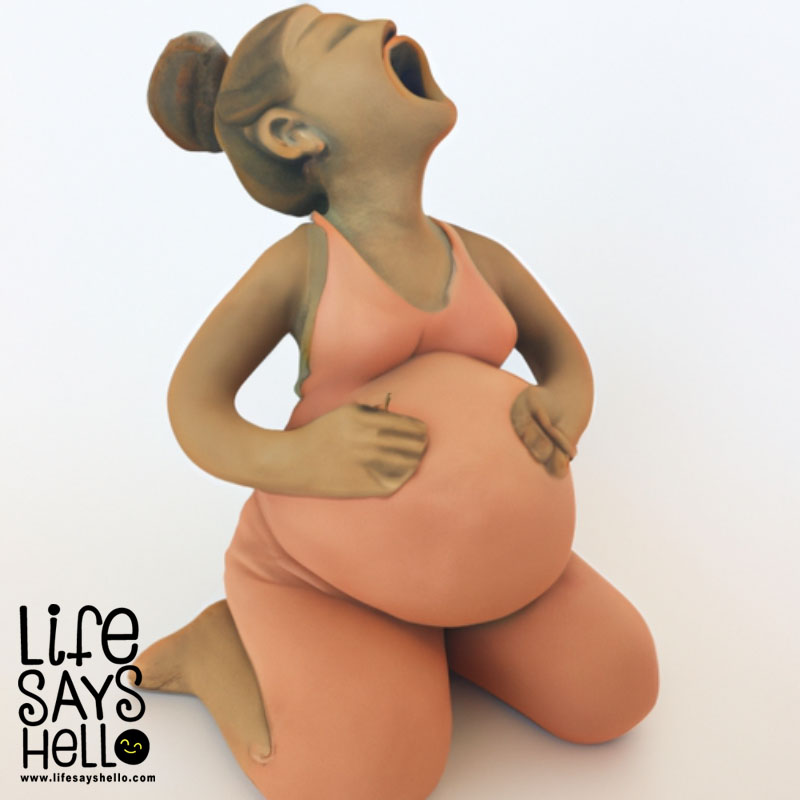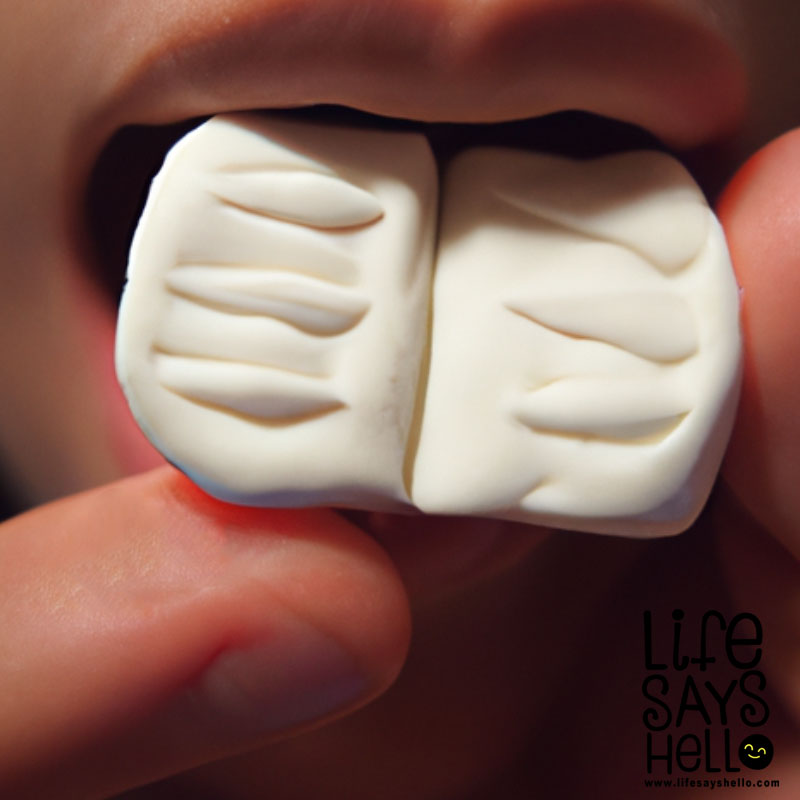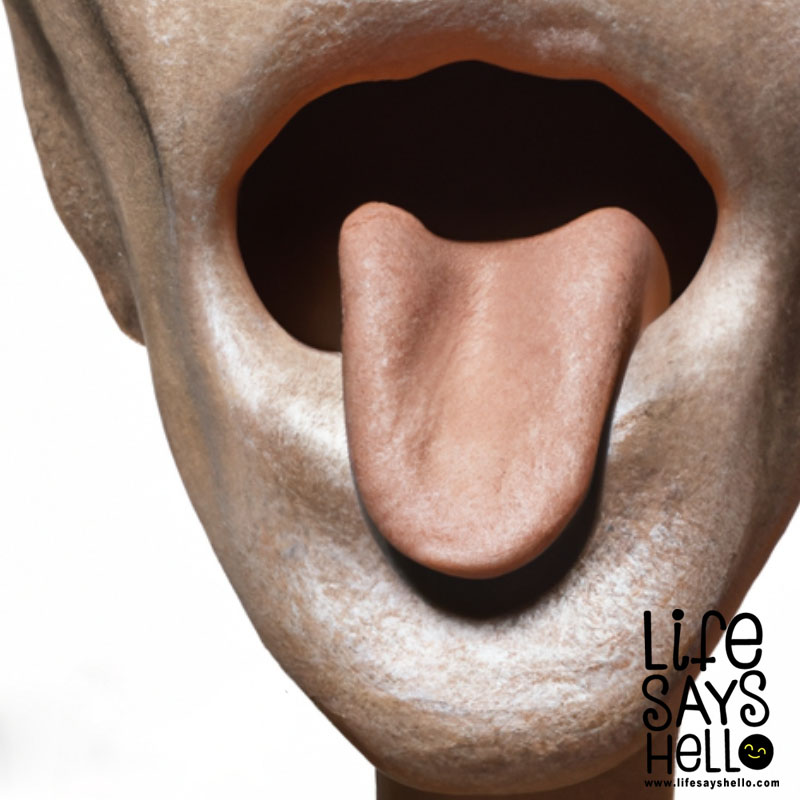Old Wives' Tales: 6 Symptoms You May Be Having a Baby Boy

If you’re currently expecting, you’ve likely spent time guessing whether there’s a little him or her growing in your belly. Old wives’ tales about gender symptoms offer a fun way to speculate before you know for sure.
While not scientifically proven, these myths have been passed down for generations. Let’s explore some of the most popular tales that claim to reveal you’re having a baby boy.
1. Your Baby Has a Lower Heart Rate
One of the most well-known old wives’ tales about gender says that your baby’s heart rate can hint if they’re male or female.
Specifically, it claims that a lower fetal heartbeat below 140 beats per minute (bpm) indicates there’s a boy brewin’. Higher heart rates are believed to mean you’re carrying a girl.
Where did this myth come from? A few reasons it’s prevailed as an indicator of boy babies:
Adult men’s heart rates are generally lower than women’s, so people apply this to fetuses.
Early research in the 1950s-60s suggested a correlation between heart rate and gender. But modern ultrasound finds no definitive link.
Confirmation bias fuels the myth - mothers carrying boys remember their lower heart rates as “proof.”
While fetal heart rate varies naturally, medical experts agree it’s not a reliable sign of sex. But its popularity as an old wives’ tale shows no signs of waning!
2. You’re Carrying Low and All Out Front
As your pregnancy progresses, everyone will start analyzing how you carry your growing bump. And old wives’ tales say bump position indicates baby gender too.
If you’re carrying low and protruding straight out, it’s thought to be a boy causing that distinctive shape. Meanwhile, higher bumps that stick out all around are said to contain girls.
These myths associate body shape with assumed gender differences:
Boys are believed to be “blockier,” so they carry lower in the womb.
Girls are thought to have daintier builds, making you carry them higher.
In reality, your abdominal muscles, uterus position, and other factors affect how you carry. Carrying high or low isn’t a true sign of gender.
But bump theories are still popular myths - if only so we can later confirm if how we carried matches old wives’ tales!
3. Your Skin is Glowing and Clear
Pregnancy hormones cause a mix of acne, melasma, and other skin changes for most women. But if you have glowing skin, some claim it’s surely a boy causing your radiance.
This myth associates skin health with testosterone levels:
More testosterone from a male baby means pregnancy glows and clear skin.
Estrogen from a girl leads to dullness and breakouts.
In reality, your complexion is tied to shifting estrogen and progesterone during pregnancy - not your baby’s sex.
Regardless of whether you’re carrying a son or daughter, you may have a gorgeous glow. Or you may battle breakouts the whole nine months. Skin changes are unpredictable either way.
4. You’re Craving Salty and Sour Foods
Food cravings are a common - and often welcome! - symptom during pregnancy. But did you know the types of foods you crave are said to indicate whether you’re cooking up a boy or girl?
According to myth, if you can’t get enough salty or sour goodies, it’s a surefire sign of boy. Meanwhile, craving sweets hints you’re having a daughter.
These craving tales associate flavors with outdated binary gender views:
Sugary cravings mean you must be having a feminine, delicate little girl.
Bold, strong tastes like sour and salty scream masculine boy.
Of course, in reality your cravings are caused by hormones and nutritional requirements - not your baby’s sex. You may crave chocolate while carrying a boy and salty snacks with a girl.
That said, don’t feel guilty about those pickle and ice cream combos - enjoy your cravings while you can!
5. You Have Long, Thick Hair
Right when you expect lank locks due to vitamins being diverted to baby, pregnancy surprises you with a mane of thick, shiny hair. What gives?
Some believe luxurious hair growth while expecting indicates there’s a boy causing these lovely tresses. Estrogen is thought to cause shedding and thinning when carrying a girl.
In truth, surging estrogen during pregnancy impacts all women’s hair. You may have Disney princess hair no matter what you’re having.
Don’t put much stock in hair myths predicting gender. You could have beautiful hair and deliver a girl, or postpartum shedding after birthing a boy.
6. Your Intuition Says Boy
We’ve covered the most common old wives’ tales on supposed boy and girl symptoms. But there are endless myths on how to tell if you’re expecting a son.
A few other examples:
If you’re carrying wide and round, it’s said to be a girl. Pointy bumps are thought boy.
Bad morning sickness means girl, easy first trimester hints boy.
Dangle a ring over your bump - circular swings are girly, back/forth is boyish.
And one myth simply says motherly intuition knows best. So if you “just know” you’re having a boy, you must be right!
The bottom line? None of these tales have scientific backing for predicting gender. As fun as they are to speculate on, take them with a grain of salt.
What Are Surefire Ways to Learn Baby’s Sex?
With so many myths out there, you may be wondering if any signs or symptoms can accurately determine whether you’re having a boy or girl.
Unfortunately, old wives’ tales and hunches are not reliable ways to find out your baby’s sex. The only methods proven to work are:
Ultrasound: Usually done at 18-22 weeks, ultrasound allows a medical professional to physically see your baby’s anatomy via images. Boy and girl parts are clearly visible. This is the most common and foolproof way to find out.
Non-Invasive Prenatal Testing (NIPT): Also called cell-free DNA testing, this method detects fetal DNA in mom’s blood. The sex chromosomes can indicate if you’re having a son or daughter.
Amniocentesis: Also known as an amniotic fluid test, it’s sometimes done to check for genetic conditions. As a bonus, your baby’s gender can often be detected from the fluid sample.
While less exciting reveals than old wives’ tales, medical testing gives definitive results (not just guesses!). If you prefer to know sooner, discuss options with your provider.
Otherwise, enjoy speculating with these myths until delivery day finally settles the debate once and for all!
Which Myths Were Correct or Incorrect For You?
Did you try any old wives’ tales when predicting your baby’s sex? Did any turn out to align with reality or totally miss the mark?
Share which myths you tried and whether they were right or wrong for your pregnancy! I’d love to hear your stories in the comments below.




Comments